- Home
- About
- Consulting
- Services
- Minfy Labs
- Industries
- Resonances
- Careers
- Contact
Posted On September, 2020
The need to bolster business agility, transit from CapEx to OpEx, increase interoperability between systems, and deliver engaging
experiences for their customers are driving enterprises towards cloud acceptance in today’s disruptive “as a service” economy. Notably, a Gartner study has found that the worldwide public cloud end-user spending will grow by 18% in 2021.
“The ability to use on-demand, scalable cloud models to achieve cost efficiency and business continuity is providing the impetus for
organizations to rapidly accelerate their digital business transformation plans. The increased use of public cloud services has reinforced cloud adoption to be the ‘new normal, ’ now more than ever.”
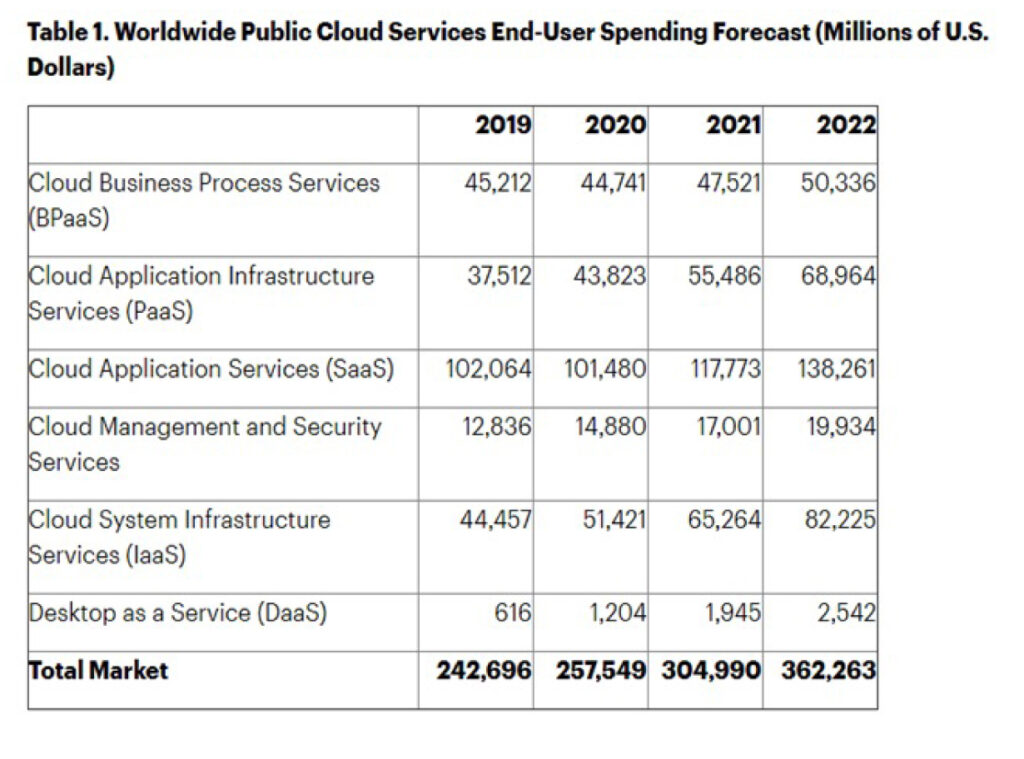
Despite the staggering growth in cloud adoption since a few years now, many businesses are not leveraging the full potential of the cloud or are still untouched from the multi-dimensional benefits a robust cloud infrastructure can provide.
In practice, every business has unique workload or data needs, they need to follow security, compliance and locational standards based on their priority and demands.
Also, they may not have the right in-house expertise for deploying and managing cloud-based solutions and to maximize the returns from their cloud investments.
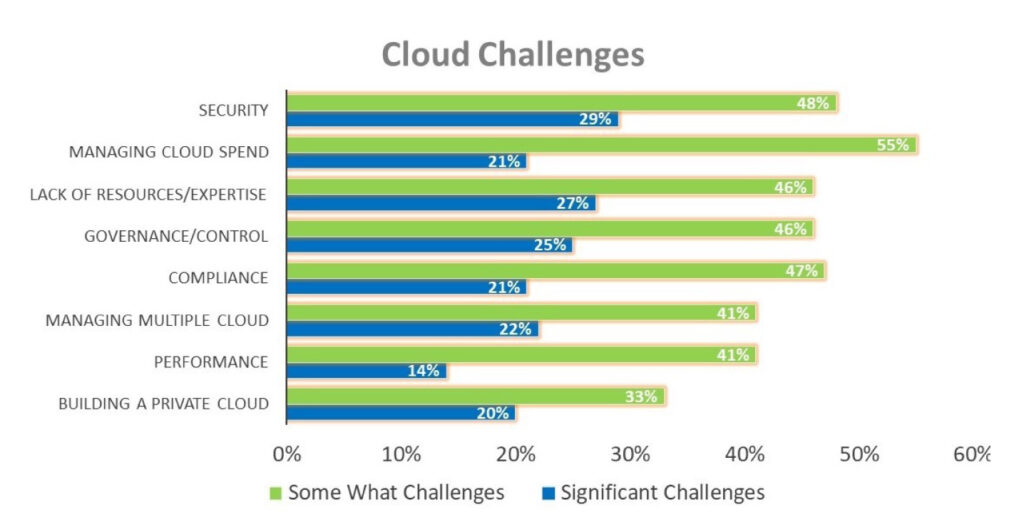
For a vast majority of companies, the regular management and optimization of IT assets, strengthening of critical infrastructure and functioning of application in their unique environment requires a partnership with a third-party MSP (managed service provider) who will arrange for the necessary tools, training and work practices and maintain the IT environment themselves.
Traditional MSP
Traditional managed services are mostly restricted to limiting changes to the IT environment, and their capabilities include access and hange management, security management, continuity management, patch management etc. Most importantly, enterprises have to ompletely depend on the MSP to introduce fixes and actions, resulting in reduced flexibility and the absence of desired agility.
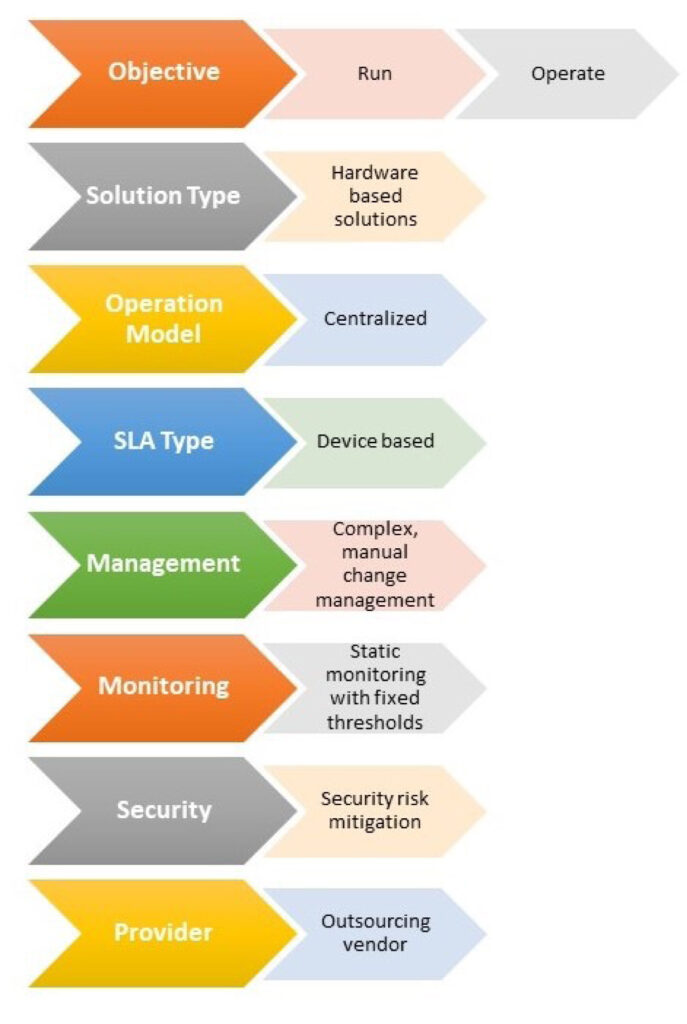
Traditional MSPs can be helpful for enterprises that lack advanced technical knowledge, but
1. What if they lack the expertise your business needs to address the dynamic business challenges?
2. Most importantly, what if they cease to operate?
In today’s highly evolving business environment, enterprises, in order to stay competitive, requires service providers who have advanced skills, deliver steady service assurance, and can drive business agility by allowing them to focus on their core business efforts instead of wasting unaccounted time on the undifferentiated heavy lifting of IT assets.
In practice, they need a trusted advisor and partner who can practically understand an enterprise’s unique business challenges and uses cloud technology to help them navigate these.
Enters Next-gen MSPs with agility and innovation
Next-gen managed services can quickly deploy cloud resources, optimize application performances, and automate productivity to deliver full-cycle services so that businesses can reduce their vendor dependency and leverage on self-service capabilities to provision their IT infrastructure just how they need, according to their business demands.
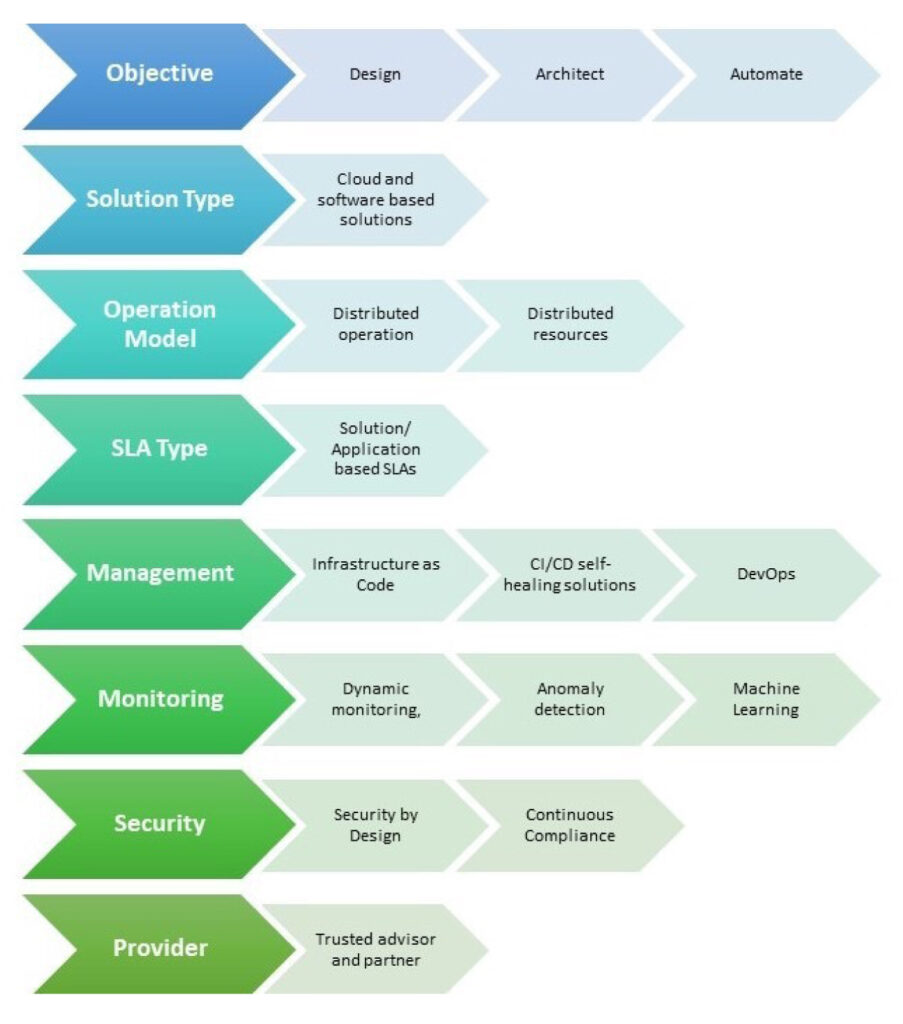
MSPs can become a company’s extended IT team as and when needed, constantly managing and supporting infrastructure needs so
businesses can focus on their core activities.
Enterprises that are looking to redefine their offerings by making IT resources constantly available, eliminate costly human errors, reduce total cost of ownership, and improve BAU operations with a higher degree of security, should consider collaborating with a next-gen cloud MSP.
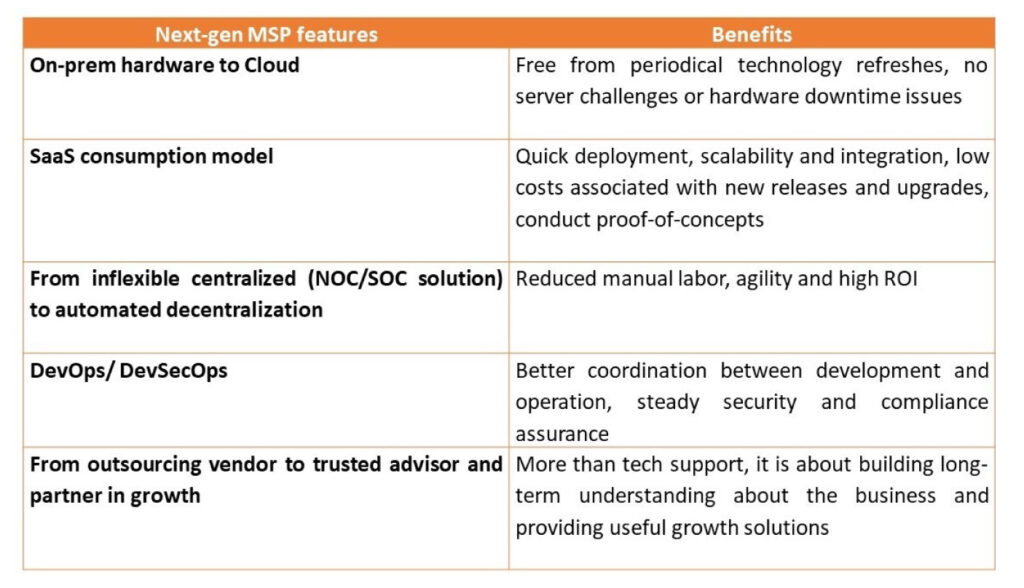
Minfy as a Next-gen managed service Provider
PROACTIVE MONITORING BY FIXING FAILURES BEFORE THEY MANIFEST AS CUSTOMER ISSUES
Minfy’s proactive solutions anticipate and prevent anomalies and degradations instead of reacting to them. By continually tracking devices, systems, networks and stream of service data, identifying relevant trends and patterns based on gathered intelligence, and automatically suggesting and applying preventive measures, we reduce the stressing need for passively reactive IT services, enabling operations to become more steady, efficient and accurate while defending against issues before they mature into costly customer problems and cause enterprisewide challenges.
The ability to gain actionable insight in real-time allows us to rapidly detect degradation and failure, with no or partial human intervention while leveraging on AI-powered automation tools.
Auto-assignment and routing of service tickets based on core classifications
Precisely accurate sentiment analysis is the hallmark of Minfy’s Next-gen managed services. It eliminates the need for relying on costly and time-taking methods to decipher customer feedback and instead leverages AI- and ML- backed technologies to drive accuracy and precision; saving time and addressing issues in real-time before they escalate into major issues and customer negative experiences.
Our transformer-based language model classifies text-based on their inherent neutral, positive and negative polarity. By mining text on the grounds of urgency, topic quality, use of language and derivative sentiments, it creates a smart classification system to streamline the entire process. By routing tickets to the appropriate departments, agents, and functions, it makes customer support fast and frictionless.
Auto-segregation of incidental alerts, and service requests
We have seen continued improvement in systems and workflow, by enabling AI for managing event-triggered incidents. The use of
automation refines the act of normalizing and segregating tickets, the assignment of incidents, and requests are streamlined as they reach their relevant buckets on time, and the system automatically alerts the customer for attention whenever needed.
This removed the manual overhead and saved time that was earlier spent to manage high volume, low-value service desk work. The human operator is not entirely eliminated from the process but is now AI-assisted and the freed support capacity now enables them to handle highvalue tasks.
As a next-gen MSP, Minfy helps enterprise clients to respond to their dynamic and challenging needs by combining its predictive analytics and cloud potential. The use of statistical analysis algorithms helps us understanding anomalies, the function of AI-based model provides real-time suggestion and insights. By choosing to work with a next-generation MSP like Minfy, businesses can benefit from short deployment time, pass on bottom-line savings to customers, reduce infrastructure overhead while leveraging the positive results that come with the regular release of new and agile cloud service capabilities.
We are excited to let you know that Minfy has earned a crucial Migration Competency Hallmark from AWS, the top-of-the-bracket cloud player in the industry. This translates into more customer delight and a higher satisfaction index ahead.
The toast, the boost
Look how far we have come. Today we are celebrating the AWS Migration Competency status, which is ‘not an easy accomplishment in the Cloud major’s own words and is quite a ‘rigorous business and technical validation’.
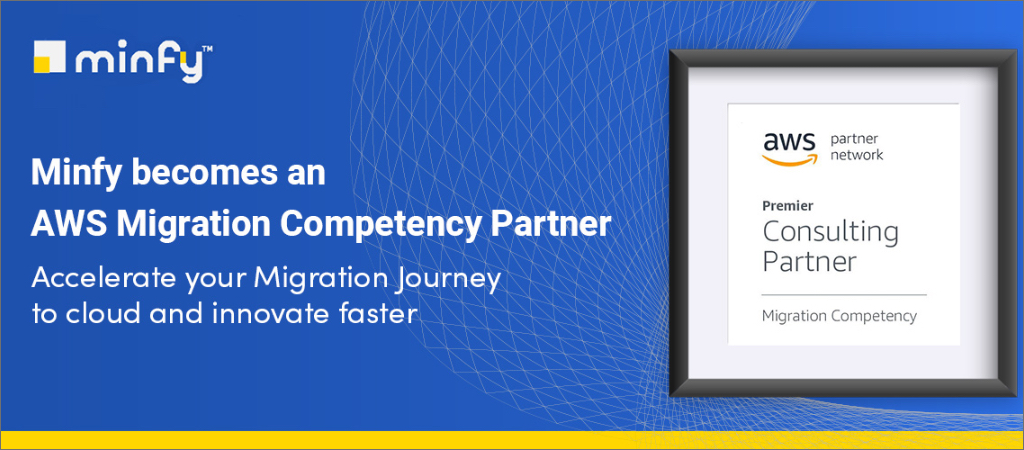
With over 6000 cloud instances successfully managed, about 120 Cloud Orchestrators in our team, today we are in a brilliant spot, with a unique vantage point to serve enterprises with world-class cloud expertise.
We are happy to have expanded our services and solution beyond plain-vanilla Public Cloud support. Today, we do everything – from infrastructure support, DevOps, Disaster Recovery, Cloud Centre of Excellence, to Application Modernisation and all stripes of Clouds (Private and Hybrid along with Public). And to be recognized for our migration excellence is a significant affirmation of the detail and partnership-DNA we bring to our Cloud projects.
We migrate without spills
As enterprises like yours decide to jump into the enormous wave of Cloud-powered Digital Transformation, it is imperative to ensure that migration happens in a fluid and comprehensive way. We go the extra mile to ensure:
1. Precise mapping of goals and resource-planning for cloud migrations
2. Good visibility on hidden costs and unexpected red flags
3. Adequate data and application coverage during migrations
4. Proper planning and provisioning of workloads as per business needs
5. Adherence to unique downtime and uptime factors for a business
6. Smooth roll-over and quick business continuity
7. Fast redressal of migration issues and data-related hiccups
8. The overall impact on business productivity, agility and competitive advantages
That explains why migration is more than a haul-and-shift exercise for us when we undertake Cloud projects. We pay special attention to the costs, hassles, and workload areas of any migration exercise. Because a lot can be easily lost in these slippery processes. By the same argument, a lot can be gained by ensuring that migration adds to the ultimate goals of any Cloud investment – agility and transformation impact.
Cheers to cloud
We are proud to get this badge that reiterates our passion for this commitment to empowering enterprises with digital power and Cloud advantages. We would continue to add more strengths and cloud expertise as partners and consultants to our existing and future customers. It is not just about Cloud here. It is what it leads to – eventually. Solid and sustainable digital transformation.
Posted On March, 2021
Tech-savvy enterprises and industry leaders are recognizing the immense value cloud offers. The question is, what is encouraging them towards a cloud-first strategy?Is it increased staff productivity? Higher operational resilience?Improved business agility? Well, each of these holds significant importance for a CTO, but equally important and for some organizations, perhaps the most motivating factor to look at the cloud is its power to significantly reduce their total cost of ownership per application. Cloud enables them to take the benefit of leaner, efficient processes while they easefully leverage its economics of scale benefits to evolve and grow
DevOps and Transformation services
More than simply bringing collaboration between the development and applications team, DevOps also helps in optimizing costs for better productivity outcomes. Organizations with DevOps adoption see faster delivery of scheduled features, benefit from a stable operating environment. Costs go down as innovations go up. The steady flow of delivery models from a less but focused group of resources optimizes orchestration and results in infrequent failures across application, and production levels – thereby adding a cap on directionless or unneeded expenditures.
For a company, the complete lifecycle of an IT solution evolves at multiple stages, tying several direct and indirect expenses. From ad-hoc request to day-to-day management to occasional maintenance associated with its development is a process that grows steadily, incurring continuous expenses and with it grows the total cost of ownership. Cloud infrastructure consolidates the experiences, achieves cost efficiency through automation, and self-service features. Best of all, you can reduce the cost flexibly based on your usages. For example, during the low operating load period, you can bring down the costs as needed.
Evolve from monolithic to microservices
While monolith application refers to a unified unit, where different components are joined, microservices stand on the support of small, standalone services that work in collaboration – each service serving a unique business requirement. For challenging and resource-intensive applications, microservices provide the best solutions. It’s the way to go for better scalability, fault isolation, data security, and compliance, and for future-proofing and quicker time to market. It can transform time-consuming and resource-intensive activities.
Cloud as a driver for innovation
Cloud is a true, and realistic driver for steady innovation. It enables enterprises to reduce costs. Most importantly, in cloud computing, costs can be made predictable – allowing enterprises to manage their budgeting with greater understanding. It also drives agility because businesses can develop new applications and services more easily, and on time, even faster if needed, thanks to the self-service capabilities, elastic capability, provisioning, and automation cloud offer. Businesses can also reduce the burden on their internal IT resources by using a deployment model that is public or self-service. Cloud brings innovation in the sense that it reduces complexity and the dependency on siloed data centers.
Summed up, shifting to a cloud model makes the management of IT simple, agile, and effective. It assists in every stage of transformation and evolution, helping an organization grow at scale and competes confidently in an overburdened market. While traditionally, it was associated as a cost differentiator, now companies are pondering at its other more important values – which is its ability to enable future innovation and transformation.
Dedicated app modernization team
Minfy’s Application modernization capabilities help enterprises eliminates the need for legacy applications to be viewed as a liability.
We hold expertise in re-purposing, refactoring, re-hosting, re-coding, re-architecting, and re-building of your legacy system to realign it with your current business needs and changing market dynamics.
The migration of legacy to new application and platforms provides a number of advantages; including:
• Creation of the IT landscape with a new architectural paradigm that aligns with the dynamic business needs
• Modern development tools accelerate innovation
• Make collaboration more fluid and connected
• Short development times result quickly to market products, save money and hours of efforts in testing, development, and deployment
• Applications operating in the cloud offer increased mobility, flexibility, and process automation
• Enterprises can easily migrate their essential and non-essential assets to more effective, scalable Cloud-based systems with increased positive productivity outcomes
Well-Architected Reviews as a service
Well-architected systems offer a strategic advantage and multiply opportunities for growth. Minfy works with enterprises – helping them optimize their AWS environment in line with AWS best practices, demonstrating you how to use AWS services and make the most of them.
AWR aids in building highly secure, resilient, and efficient infrastructure for applications and workloads, based on five essential pillars – operational excellence, security, reliability, performance efficiency, and cost optimization.
How does it work:
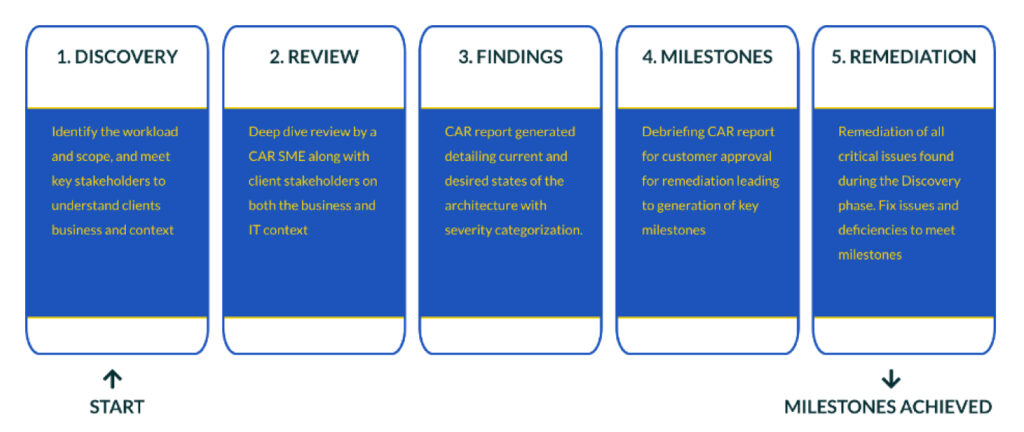
Cloud billing services
Minfy owns specialized expertise in Billing as a service (BaaS), empowering clients to smoothly optimize their billing process, and shift complex and historic monoliths to the cloud. Adopting a newer, faster, and more flexible billing process by detaching from the legacy billing systems provides a host of advantages, including cost-cutting opportunities, driving new, consistent revenue streams, on-demand scalability, improved operations and better customer service.
Minfy’s cloud billing services uncomplicate transactional challenges and eliminate billing delays. This is especially helpful for enterprise clients, who struggle to upgrade their existing platforms to bill new services, who need to dynamically set their prices such as using a subscription-based service.
Emerging tech
Minfy’s experience in the emerging tech stack backed by the most powerful and relevant innovations, help enterprises restructure their business strategy and move towards sustainable growth. Our expertise in containers, Serverless, microservices, DevOps, DevSecOps, Internet of Things (IoT), Artificial Intelligence (AI). A dedicated technology team works on emerging technologies to build use cases, deploy solutions and manage the execution outcomes for organizations in the public and private sector.
A few tools used by Minfy for informed monitoring across infrastructure, applications, and database
• Site 24×7 to monitor infrastructure – Used by our IT team to internal and external outages. It helps us examine the availability and performance trends of clients’ endpoints, internet-powered resources, servers, network and cloud resources, VMs, applications, etc. from a single console
• Sumo Logic and New Relic to monitor applications – The popular cloud-native, machine data analytics platform delivers continuous
intelligence across the entire application lifecycle and stack. It helps us manage the operation and security of modern apps, spot, correlate and analyze different types of machine data to speed up the process to identify, troubleshoot issues, and resolve issues related to performance, security, and compliance. The observability platform New Relic helps analyze, troubleshoot, and optimize the entire software stack, gives insights to improve service reliability, and accelerates time to market, letting us to the instrument and better understand our clients’ digital properties.
• Percona to monitor database – The open-source database solution, optimized for cloud computing and modern hardware, allows for
superior performance, scalability, and instrumentation; increasing agility and business growth while reducing lock-ins.
Minfy – The next-generation MSP
By choosing to work with a next-generation MSP like Minfy, businesses can benefit from short deployment time, pass on bottom-line savings to customers, reduce infrastructure overhead while leveraging the positive results that come with the regular release of new and agile cloud service capabilities.
© 2022 Minfy™. Minfy Technologies. All rights reserved. | Privacy Policy | Terms and Conditions
This website stores cookie on your computer. These cookies are used to collect information about how you interact with our website and allow us to remember you. We use this information in order to improve and customize your browsing experience and for analytics and metrics about our visitors both on this website and other media. To find out more about the cookies we use, see our Privacy Policy. If you decline, your information won’t be tracked when you visit this website. A single cookie will be used in your browser to remember your preference not to be tracked.
 Go to Swayam
Go to Swayam